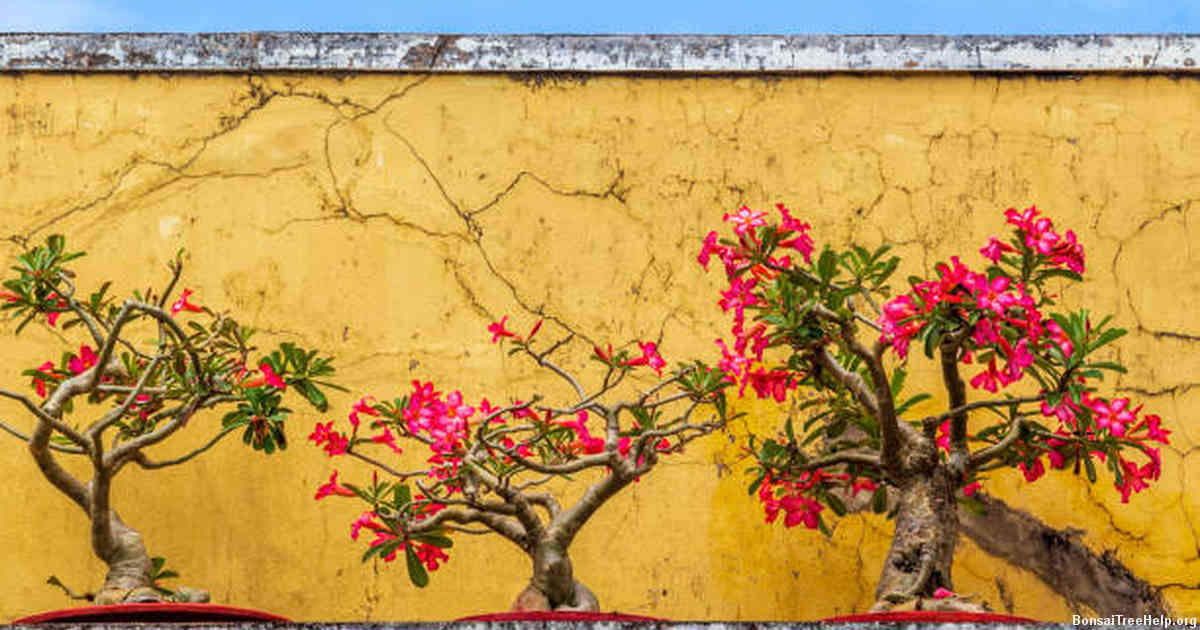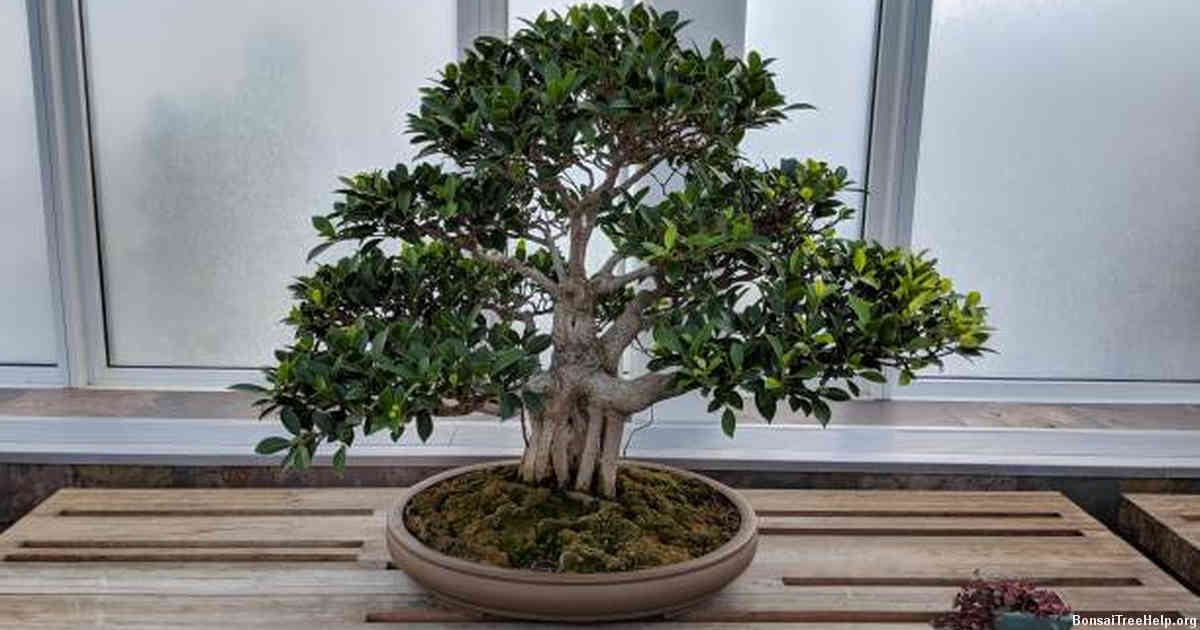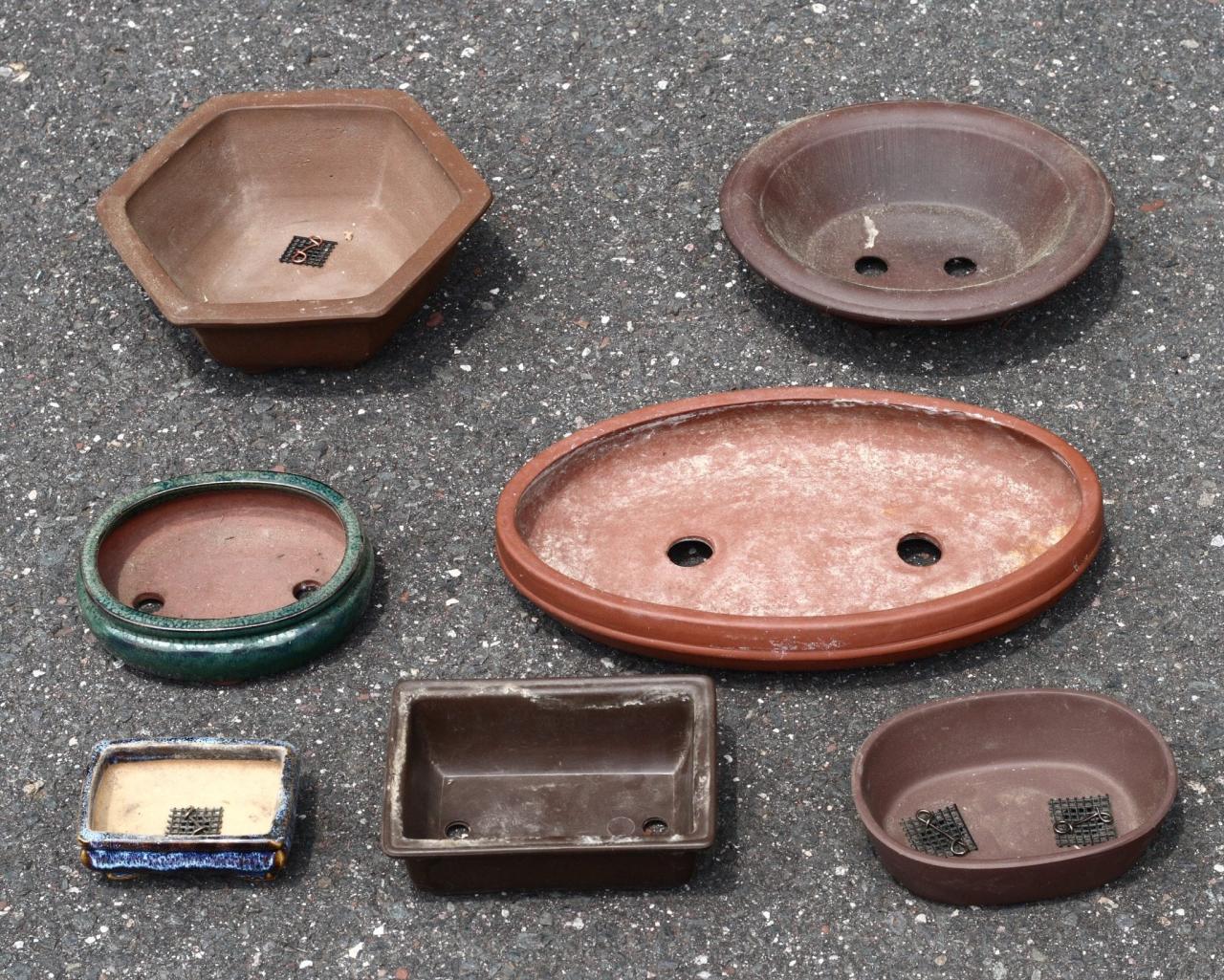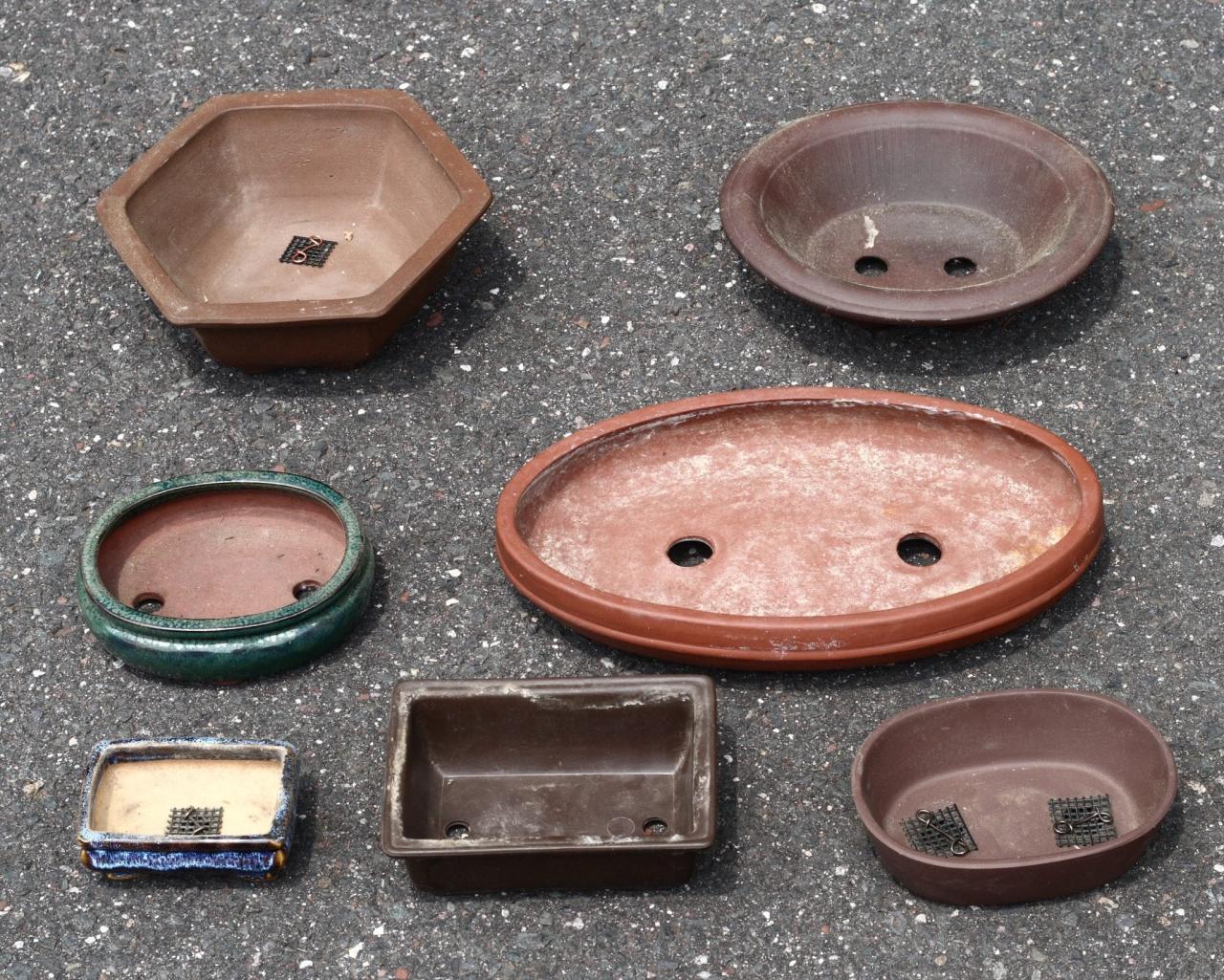Bonsai Pots: Key Factors to Consider When Selecting – the perfect pot can elevate your bonsai from a simple plant to a breathtaking work of art. The choice of pot isn’t merely about aesthetics; it’s a crucial decision that directly impacts the health and longevity of your bonsai tree.
From understanding the various types of pots and their unique characteristics to considering factors like size, glaze, drainage, and aesthetic appeal, this guide will equip you with the knowledge to make an informed decision and create a harmonious balance between pot and tree.
Whether you’re a seasoned bonsai enthusiast or just starting your journey, this comprehensive exploration of bonsai pots will empower you to select the ideal vessel for your beloved miniature trees. Get ready to delve into the world of bonsai pots and unlock the secrets to choosing the perfect companion for your bonsai.
Size and Proportion
The size and proportion of a bonsai pot are crucial factors in its overall aesthetic appeal and the health of the tree. Selecting the right pot size and shape is essential for creating a harmonious and balanced composition.
Pot Size and Tree Growth
The pot size should be chosen in relation to the size and growth potential of the bonsai tree. A pot that is too small can restrict root growth, leading to stunted development and potential health problems. Conversely, a pot that is too large can result in excessive water retention and create an environment conducive to root rot.
Proportion and Aesthetic Balance
Proportion refers to the visual relationship between the bonsai tree and its pot. The pot should complement the tree’s size, shape, and style, creating a harmonious balance. A well-proportioned bonsai evokes a sense of visual harmony and emphasizes the tree’s natural beauty.
Determining the Right Pot Size, Bonsai Pots: Key Factors to Consider When Selecting
The appropriate pot size depends on several factors, including the bonsai’s species, age, and style.
- Species:Different bonsai species have varying root systems and growth rates. For example, a fast-growing species like a Japanese Black Pine may require a larger pot than a slower-growing species like a Chinese Juniper.
- Age:Younger bonsai trees generally require smaller pots, while older trees may benefit from larger pots to accommodate their mature root systems.
- Style:The bonsai style also influences pot size. A formal upright style, for instance, may look best in a rectangular pot, while a cascade style might be more suitable in a rounded pot.
Glaze and Finish

The glaze and finish of a bonsai pot are crucial elements that significantly impact its aesthetic appeal and functionality. The choice of glaze can enhance the overall visual impact of the bonsai display, while also influencing the pot’s drainage and water retention properties.
Types of Glazes and Finishes
Glazes are essentially glass-like coatings applied to the surface of the pot during the firing process. They come in a wide array of colors, textures, and finishes, each contributing to the pot’s unique character.
- Matte Glazes:Matte glazes offer a non-reflective, velvety finish, providing a subtle and understated elegance. They are often preferred for traditional bonsai styles, as they create a sense of depth and tranquility. Matte glazes can also help to accentuate the natural beauty of the bonsai tree and its foliage.
- Glossy Glazes:Glossy glazes, on the other hand, produce a shiny, reflective surface, adding a touch of brilliance and sophistication to the pot. They are ideal for showcasing vibrant colors and intricate details, creating a visually striking display. However, glossy glazes can sometimes make it more challenging to assess the health of the bonsai tree’s roots, as they reflect light and obscure the view of the soil.
- Textured Glazes:Textured glazes offer a variety of surface patterns, ranging from subtle ripples to bold, dramatic textures. They add visual interest and depth to the pot, creating a unique and captivating aesthetic. Textured glazes can also provide a more secure grip for the bonsai tree, especially when the pot is placed on a display table or shelf.
Impact on Drainage and Water Retention
The glaze applied to a bonsai pot can influence its drainage and water retention properties, which are critical for the health and well-being of the bonsai tree.
- Glazed Pots:Glazed pots generally have a more water-resistant surface, reducing the rate of water absorption and evaporation. This can be beneficial in drier climates or during periods of hot weather. However, glazed pots can also lead to waterlogging if the drainage holes are not adequate or if the pot is overwatered.
- Unglazed Pots:Unglazed pots, on the other hand, are more porous and allow for greater water absorption and evaporation. This can be advantageous in humid climates or during periods of high rainfall. However, unglazed pots may require more frequent watering to prevent the soil from drying out completely.
“The choice of glaze is a matter of personal preference and should be guided by the specific needs of the bonsai tree and the overall aesthetic of the display.”
Choosing the Right Pot for Your Bonsai: Bonsai Pots: Key Factors To Consider When Selecting

Selecting the right pot for your bonsai is a crucial step in creating a harmonious and aesthetically pleasing miniature landscape. The pot serves as more than just a container; it’s an integral part of the overall design, complementing the tree’s shape, style, and character.
When selecting a bonsai pot, you must consider factors like the tree’s size, style, and the pot’s material. If your bonsai will be placed outdoors, you’ll need a pot that can withstand the elements and provide adequate drainage. For guidance on selecting the perfect bonsai pot for outdoor trees, consult this comprehensive guide: How to Select the Perfect Bonsai Pot for Outdoor Trees.
Once you’ve chosen the right pot, you can focus on other key factors, such as the pot’s shape, color, and glaze.
Comparing Bonsai Pot Types
Understanding the different types of bonsai pots available can help you make an informed decision. The following table highlights key characteristics of common pot types:| Pot Type | Size | Material | Glaze | Drainage | Aesthetic Appeal ||—|—|—|—|—|—|| Traditional Japanese| Varying sizes, typically small to medium | Ceramic, often unglazed or with a natural finish | Matte, semi-gloss, or glossy | Excellent drainage through holes in the base | Simple, elegant, and often asymmetrical || Chinese| Often larger than Japanese pots | Ceramic, with intricate designs and glazes | Vibrant colors, intricate patterns, and textures | Good drainage | Ornate, decorative, and visually striking || Modern| Wide range of sizes and styles | Ceramic, wood, metal, and other materials | Contemporary glazes, including metallic and textured finishes | Variable, depending on design | Bold, minimalist, and often asymmetrical || Square| Small to medium | Ceramic | Various glazes and finishes | Good drainage | Stable, geometric, and often used for formal styles || Round| Small to large | Ceramic, wood, or stone | Various glazes and finishes | Good drainage | Classic, elegant, and suitable for most styles || Oval| Medium to large | Ceramic | Various glazes and finishes | Good drainage | Natural, flowing, and suitable for informal styles |
Selecting the Perfect Bonsai Pot
The ideal bonsai pot should enhance the tree’s natural beauty and complement its overall design. Here’s a step-by-step guide to help you choose the right pot:
1. Consider the Bonsai Tree’s Needs
Choosing the right bonsai pot is crucial for the health and aesthetics of your miniature tree. Consider factors like the style of your bonsai, the size and shape of the tree, and the drainage capabilities of the pot. To get started, explore our curated list of Top 10 Bonsai Pots for Beginners , which offers a range of options suitable for different bonsai styles and levels of experience.
Once you’ve selected a pot that complements your tree and meets your needs, you can begin the process of nurturing your bonsai and creating a miniature landscape masterpiece.
Size and Shape
The pot should be proportional to the size and shape of the tree. The tree’s canopy should not overhang the rim of the pot.
Root System
Choose a pot with adequate depth to accommodate the tree’s root system.
Drainage
The pot should have sufficient drainage holes to prevent waterlogging.
2. Determine the Desired Aesthetic
Style
The pot should complement the bonsai’s style, whether formal upright, informal upright, cascade, or semi-cascade.
Color and Texture
Consider the color and texture of the pot and how it will contrast or harmonize with the tree’s foliage and bark.
3. Experiment with Different Pots
Visualize the Combination
Place the bonsai in different pots to see how they look together.
Consider the Overall Design
Think about the pot’s shape, color, and texture and how it will integrate into the overall design of the bonsai.
Integrating the Pot into the Bonsai Design
The bonsai pot is an integral part of the overall design, influencing the tree’s visual appeal and enhancing its aesthetic impact.
Shape
The pot’s shape should complement the bonsai’s style. For example, a round pot suits a formal upright style, while an oval pot is more appropriate for an informal upright or cascade style.
Color
The pot’s color should either contrast or harmonize with the tree’s foliage and bark. A dark-colored pot can highlight a light-colored tree, while a light-colored pot can accentuate a dark-colored tree.
Texture
The pot’s texture can add depth and interest to the overall design. A rough-textured pot can complement a tree with a rugged bark, while a smooth-textured pot can enhance a tree with delicate foliage.
End of Discussion

Choosing the right bonsai pot is a crucial step in creating a captivating and thriving bonsai. By understanding the key factors Artikeld in this guide, you’ll be well-equipped to select a pot that not only complements the aesthetic beauty of your bonsai but also provides the optimal environment for its long-term health and growth.
Remember, the perfect bonsai pot is one that harmonizes with the tree’s needs, style, and your artistic vision, transforming your bonsai into a true masterpiece.
FAQs
What are some common bonsai pot materials?
Bonsai pots are typically made from materials like ceramic, porcelain, stone, and wood. Each material offers unique aesthetic qualities and practical considerations. Ceramic and porcelain pots are popular due to their versatility and wide range of colors and finishes. Stone pots, like those made from granite or sandstone, are known for their durability and natural beauty.
Wooden pots, often made from Japanese cedar or hinoki, provide a rustic and organic feel.
How do I know if a bonsai pot has good drainage?
A bonsai pot should have drainage holes at the bottom to allow excess water to escape. The size and placement of these holes are important for proper water flow. Look for pots with multiple holes, preferably located towards the bottom edge, to ensure efficient drainage.
What are some tips for integrating the bonsai pot into the overall design?
Consider the shape, color, and texture of the pot when integrating it into the overall design of the bonsai. A pot that complements the tree’s style and color palette will create a harmonious and visually pleasing composition. For example, a cascading bonsai might look stunning in a shallow, elongated pot, while a formal upright bonsai could be showcased in a more symmetrical and rounded pot.
